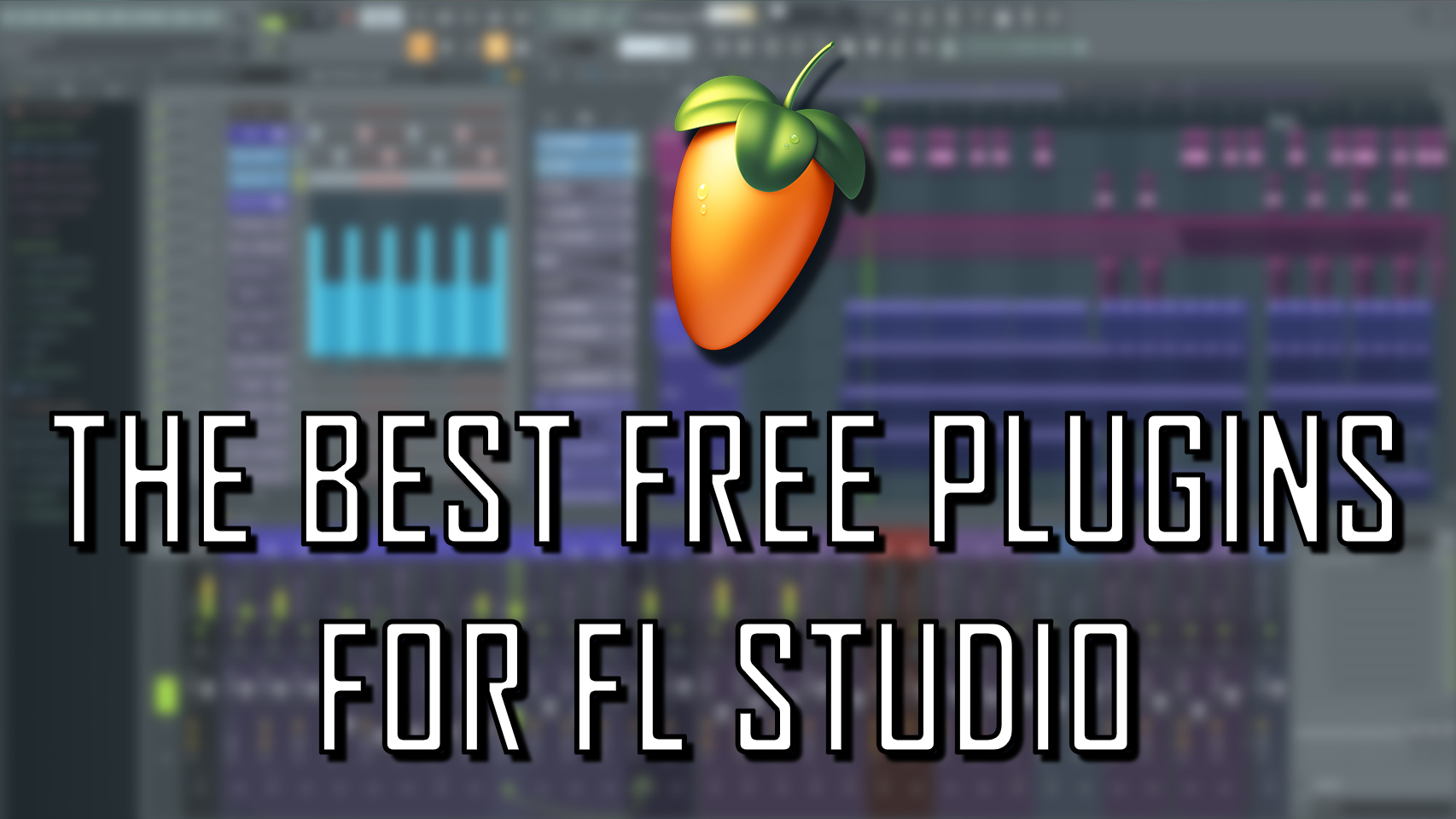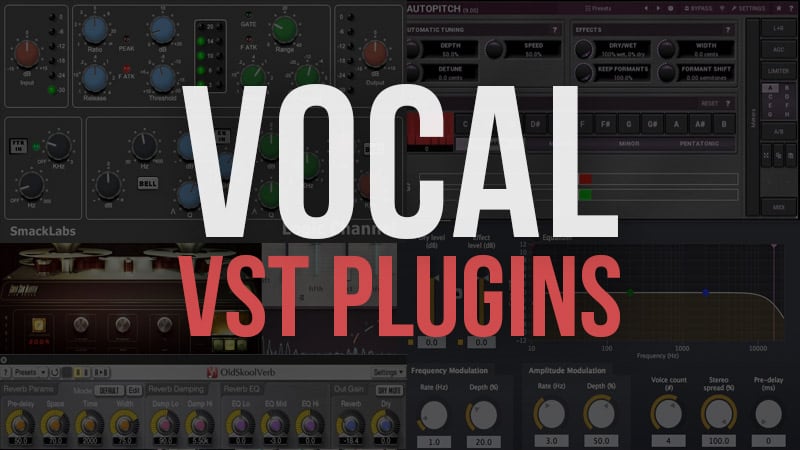

RMS averages the signal and responds more slowly. “Peak” is the faster setting, responding to short peaks (like transients, for instance) in the signal. Just as vital, there are three modes – and I bet a lot of users just leave them on the default or switch to a third-party plug-in. For instance, using a highpass filter lets you produce a subtler effect, as you might to clear away bass frequencies from your output when sidechaining a kick as input. This includes a Sidechain EQ section, which lets you shape the output of the sidechained signal. Click the disclosure triangle on the Device Title Bar to expand all the more “advanced” functionality. (Some of the Drum Racks also have Delay built-in, so combining the two makes for some weird dubby results, as I discovered accidentally while drafting this.)Ĭompressor: Find extra sound shaping features, and get more visual feedback. Live 10.1 has combined two compressors from previous versions of Live into a single, very powerful Device. Using the Sync controls and turning up Feedback delivers tempo-synced, pitch-shifted sounds. If you work with Pitch and add small amounts of Feedback and Rand Pitch, you get an interesting lo-fi-sounding resonator effect. Increasing the Frequency smooths out the resulting grain texture. Try leaving Frequency in place, or even turning it up.


Sometimes it’s better to work directly with the parameters along the left-hand side for more precision and less of that over-the-top “oh, it’s the Grain Delay again” sound. The buttons on the left assign a parameter to the Y axis. But it’s powerful.įirst, one element of the user interface design is confusing: those buttons on the bottom toggle between different mappings of the X/Y Controller (Delay Time, Spray, Frequency, etc.). And some of its characteristic “bubbling” effects may sound a bit too particular. Grain Delay is one of the first effects ever added to Ableton Live – so probably you’ve ignored it. Grain Delay: Tame this 'classic' Ableton effect. And those are perfect times to break old habits - or develop some habits that tend to yield lots of different results in different circumstances. This can give you ideas for starting tracks, starting remixes, or taking tracks in a different direction. Last time, we talked about how to finish tracks in " Super Fast Arrangement in Ableton Live 10". Here are some places to look for inspiration to make some new sounds you might have missed. But often, Ableton’s trademark minimalism could make you overlook some important sonic possibilities tucked behind inconspicuous UI controls. Put away the plug-ins for a moment – you’ll find sometimes focusing on the internal effects in Ableton Live is a great way to get into a creative flow.


 0 kommentar(er)
0 kommentar(er)
